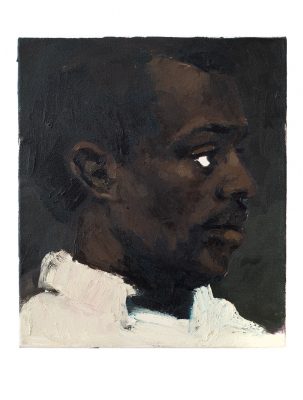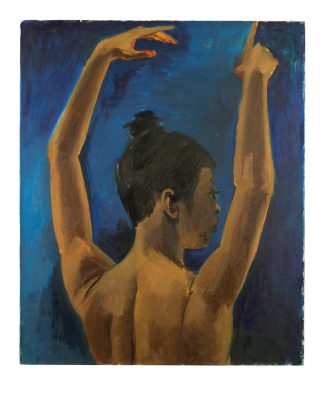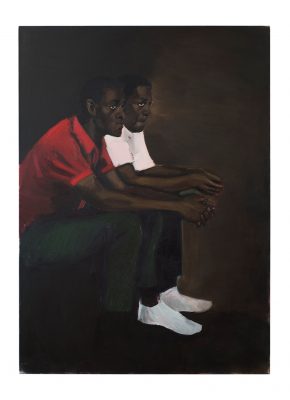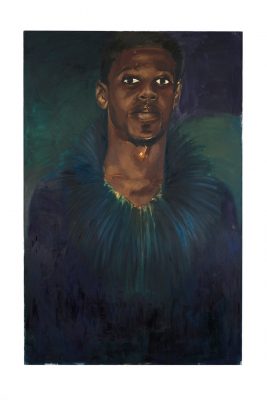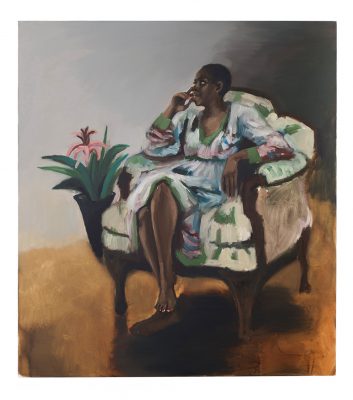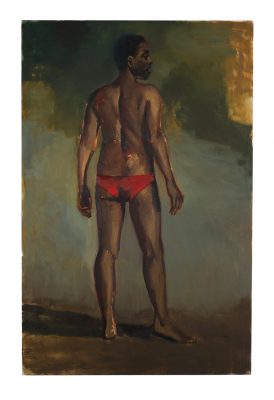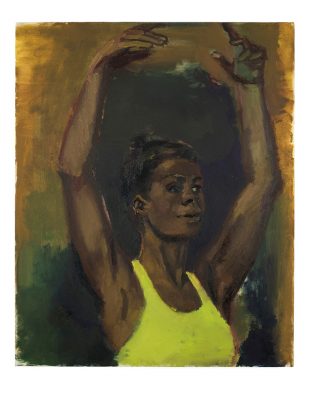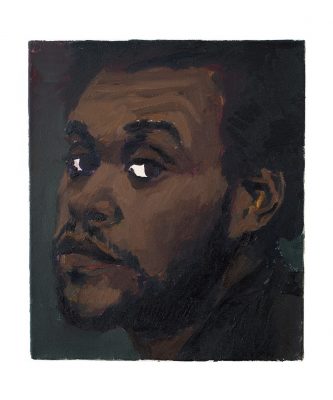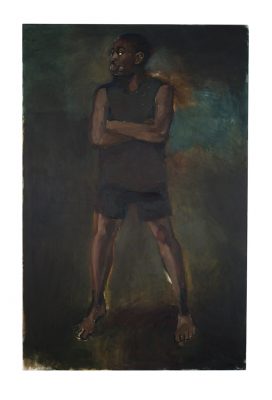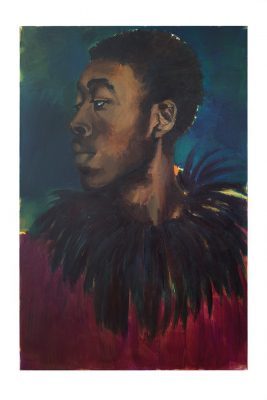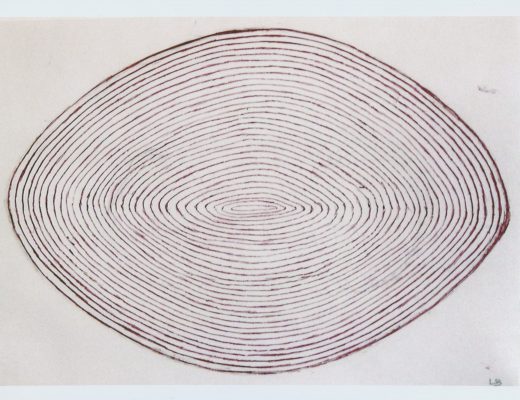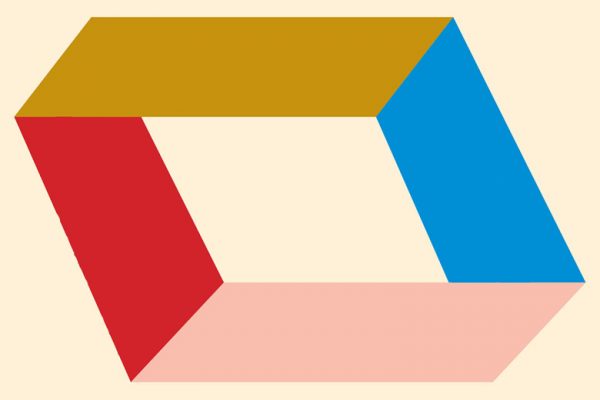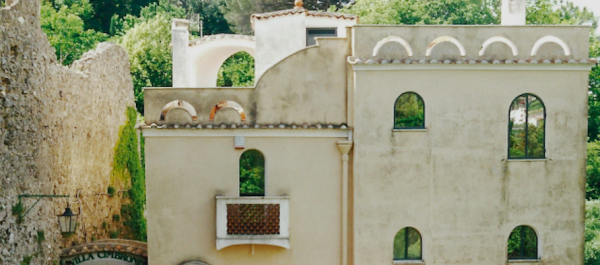Modern philosophy is threatened by love, whose objects are never only objects. Philosophers have discovered in love a lived geometry that positively demands their professional attentions; they swoop down like angels to deliver their sacred messages. But love, which was not invited to the symposium before it had stolen in, remains troublesome. Its power to disrupt is strategically deployed in the eternal cock-fight of philosophy.
In an essay ‘The Intentionality of Love: In homage to Emmanuel Lévinas’, the Catholic philosopher Jean-Luc Marion offers a gracious account of love’s significance for philosophy (and perhaps also philosophy’s insignificance for love). Marion describes a love that transgresses empirical knowledge, rationality and intentions; love offers the definitive answer to the philosophy of consciousness (the straw man of Western philosophy since Descartes’s dubious cogito). Falling in love, as everyone knows, is not intentional. Marion’s love also refutes an existentialist philosophy that holds existence to be my own. Love, as any good Franciscan will say, does not live under any logic of possession; it is never apprehended alone but in the presence of others. Marion describes the faces of two lovers approaching one another: they make a quadrant of gazes, four black suns radiating and absorbing the invisible light of two gazes at their respective points, making a cross of their unbending trajectories. For Marion there are two in love, no more. The scene recalls a Gothic Annunciation scene where lines of sacred light describe the path of the divine message towards its target. Finally, in Marion’s philosophy it is faith that makes love possible, faith acts as a guarantee in the surrender of your self to another. (Faith, love might answer, or inconsolable terror.) Love in this elegant diagram is an immediate knowledge for its Two. In the world where a multitude of bodies and images intervene, love’s knowledge is accomplished with less geometrical certainty. It is often as a problem for knowledge that love is manifest. In this state of confusion, the paintings of Lynette Yiadom-Boakye offer new material to the philosophy of love.
What has painting got to do with love? The Love Within, a recent exhibition of Lynette Yiadom-Boakye’s paintings at the Jack Shainman gallery in New York, presents a peculiar answer to this question. The press release offered a poem as a gloss on the show’s curious title: two paragraphs of prose poetry concluded with a verse of four lines. The first paragraph announces in authoritative capitals that there will be ‘No Talk of the Love Without’ and proceeds to list its attributes: it is ‘The Backhand Slap’ and ‘The Almost Total Abdication of Responsibility to Another’. Now, the poem promises, there will be ‘No Love Gone Awry’. The second paragraph describes the ‘Love Without’ as a love of the senses: it is ‘a Burning in the Southern Region’ and ‘A Sweet Song Sung by The Owl in the Eaves’. In its concluding four lines the poem turns towards ‘What The Owl Knows’. And what does the owl know? ‘The Love Within’.
The paintings of The Love Within do not represent real persons but bodies drawn from composite images and painted in dialogue with the artist’s private imaginary. Entering the gallery from the impersonality of Manhattan streets, the swathes of rich browns and blacks on these canvases absorb the cold light of the gallery and radiate warmth. Documents of a day’s work, brushstrokes applied with evidence of regret and revision; other, faster brushstrokes appear somehow both crude and eloquent. The viewer approaches these faces with a growing awareness of their lack. Each painting evokes a different gaze but every face appears private, diffident, almost entirely withdrawn. When a gaze has been granted to the place where the viewer stands, the bodies are outsized, larger than life, in their scale denying a relation of identity. The artist has refused in interviews to explain her work or to offer context that might resolve its challenges, but she has often been drawn out on questions of interpretation, speaking to readings of her work that feel wrong. If in love a body becomes the bearer of signification and at the same time remains unknown enough to be indefinitely promising, then perhaps the artist’s refusals are a means to conserve their sufficiency in meeting this demand. Is sufficiency, for these paintings, a principle of love?
The interview took place at the artist’s home in South London, in a room whose wooden shutters let a thin rectangle of December sunlight fall across a white plaster wall behind her. At the invitation of her poem, to turn from the ‘Sweet Song of the Owl’ to the question of ‘What the Owl Knows’, I wanted to learn how these paintings could teach us the philosophy of ‘The Love Within’.
For the full transcript of this interview please purchase The White Review No. 13.
